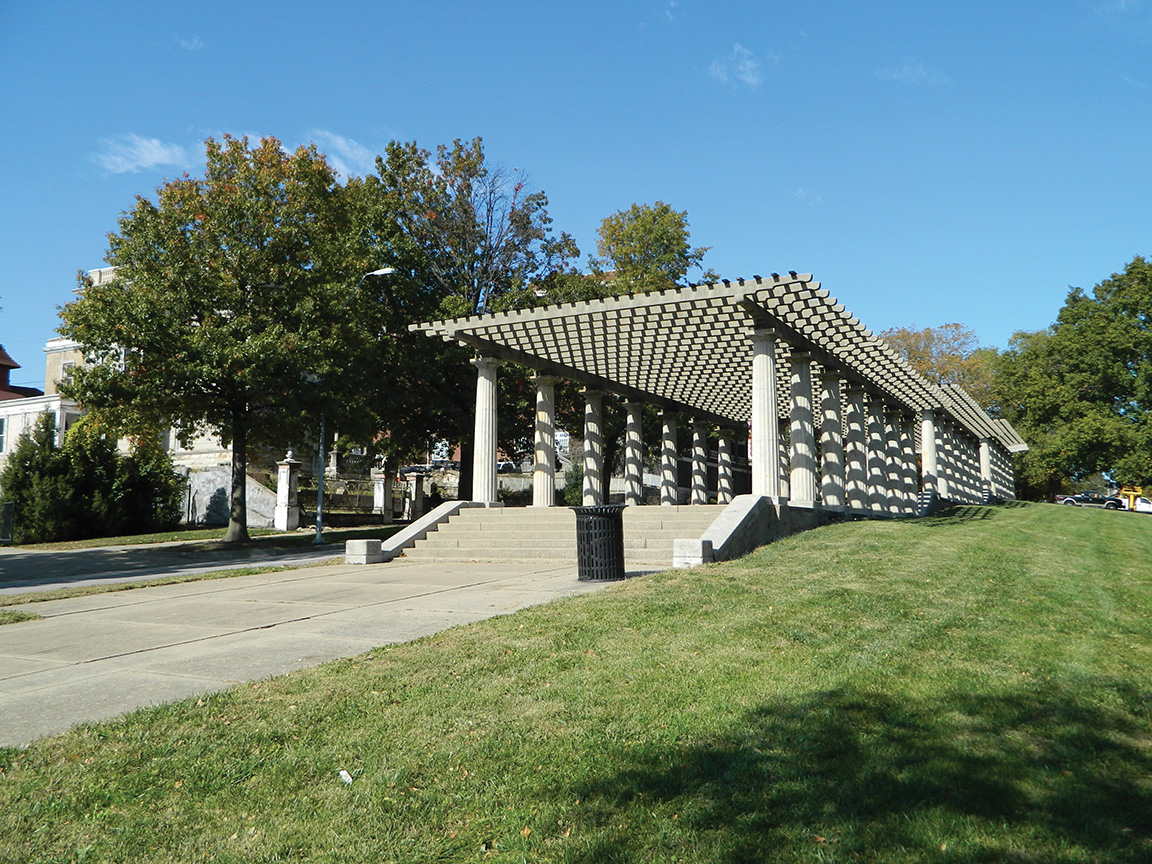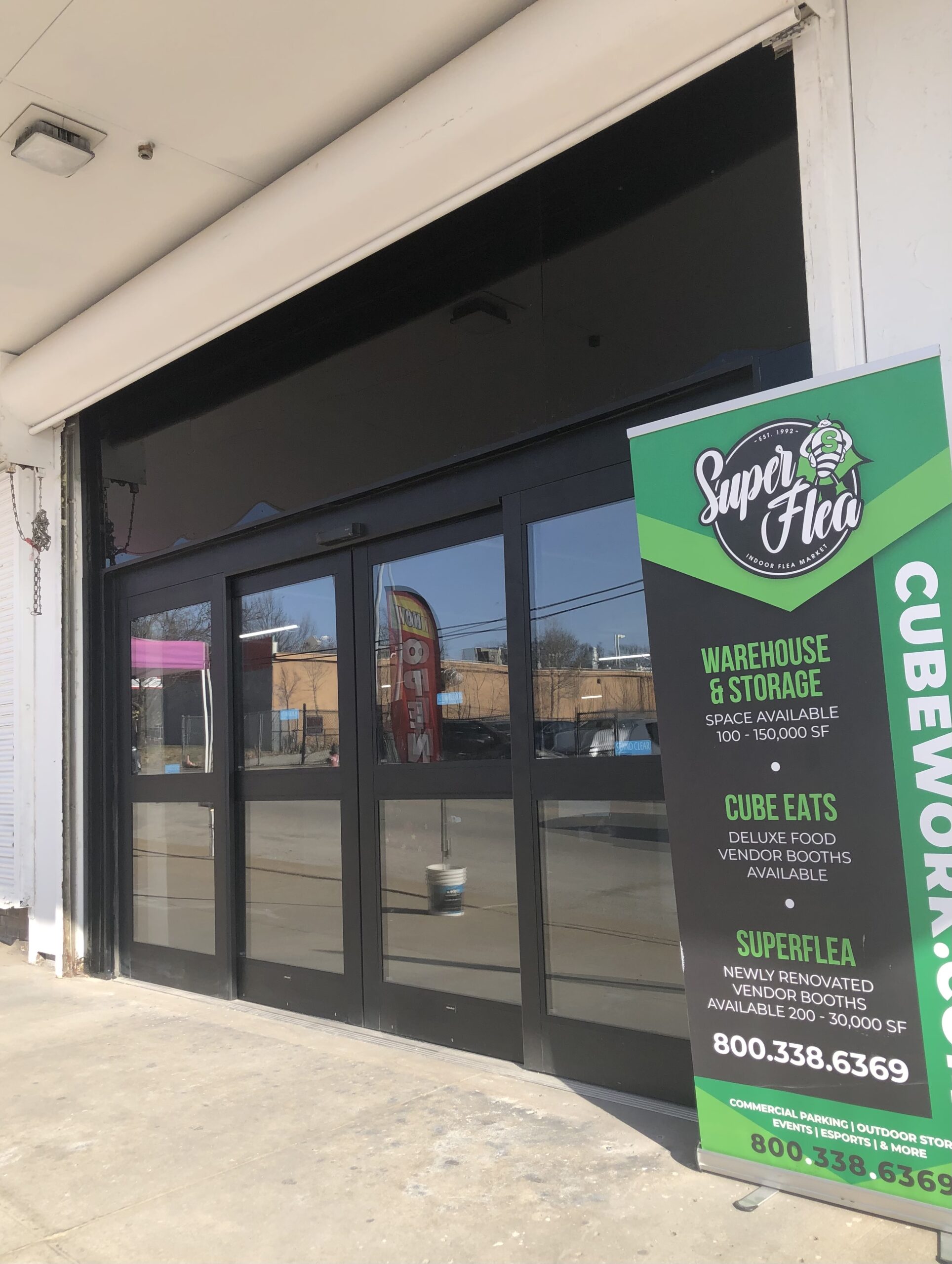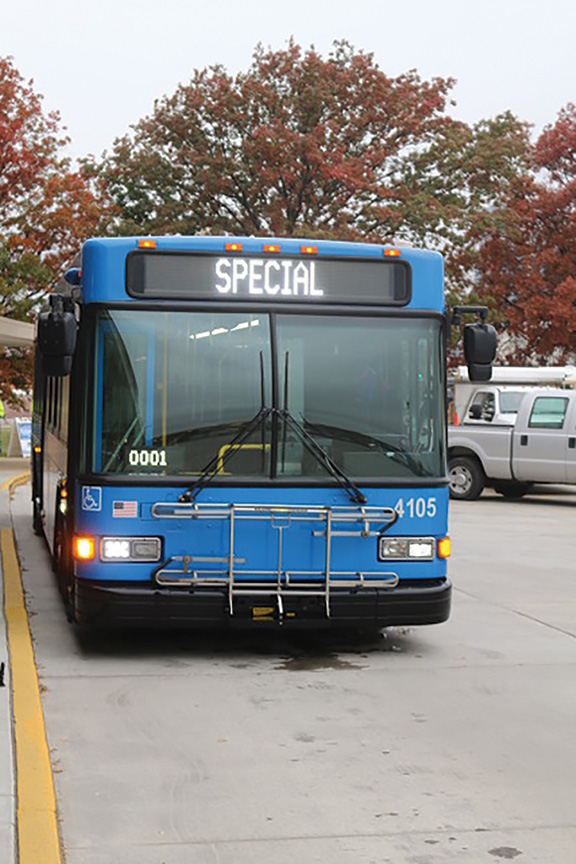Elizabeth Orosco
Northeast News
One of the most contentious topics of discussion in Kansas City will be placed before voters on the November 5 ballot: changing Dr. Martin Luther King Jr. Boulevard back to The Paseo Boulevard.
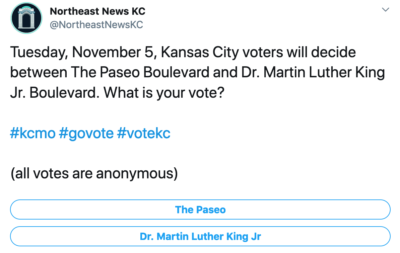
The 9.98-mile stretch of roadway extending from Lexington Avenue to East 85th Street has made national headlines as Kansas City residents wrestle with the name change.
Originally named after the Paseo de la Reforma in Mexico City, the boulevard was part of the City Beautiful Movement, a North American urban planning reform in the 1890s and 1900s.
Under the direction of August Meyer, the first president of the Kansas City Parks Board, the boulevard was designed by landscape architect George Edward Kessler.
After 126 years, The Paseo Boulevard was changed to Dr. Martin Luther King Jr. Boulevard during the January 26, 2019 City Council legislative session, an effort with roots that extend back many years.
In 1968, Emanual Cleaver, II left his hometown in Texas to help found the Kansas City chapter of the Southern Christian Leadership Conference, an organization that would be instrumental in changing The Paseo to Dr. Martin Luther King Jr. Boulevard.
The SCLC was born out of the Montgomery Bus Boycotts that began Dec. 5, 1955, the Monday after Rosa Park was arrested for refusing to surrender her seat, to Dec. 21, 1956 with the federal ruling, Browder v. Gayle, that declared the Alabama and Montgomery bus segregation laws unconstitutional.
The Montgomery Improvement Association (MIA), under the leadership of Dr. Martin Luther King Jr., president of the association, carried out the boycott.
The organization held their first convention in Montgomery in August 1957 and adopted a shorter name: the Southern Christian Leadership Conference.
The board members, including Dr. King, issued a document declaring that civil rights are essential to democracy, adopted nonviolent mass action as the cornerstone of strategy, and opened the SCLC movement to all, regardless of race, religion, or background.
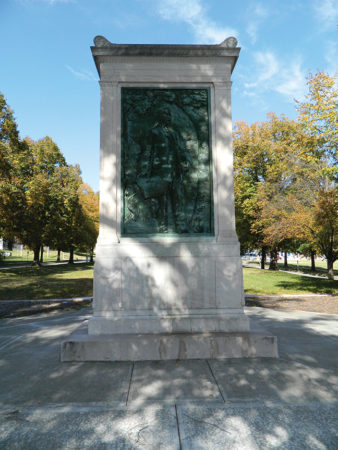
For many years, several pastors, including Reverend Nelson Fuzzy Thompson, former president of the Southern Christian Leadership Conference of Greater Kansas City (SCLC-GKC) and his wife Cheryl Thompson, expressed a longtime dream of a street or boulevard being named after Dr. King.
In 2015, Reverend Dr. Charles Briscoe, former senior pastor of the Paseo Baptist Church and Reverend Nathan Bouie with the Baptist Ministers Union asked the SCLC-GKC to lead the efforts in renaming The Paseo Boulevard to Dr. Martin Luther King Jr. Boulevard.
Congressman Emanuel Cleaver, II and Bishop Mark E. Tolbert led the development of clergy and churches in 2016 and a request from the community was made at an SCLC-GKC forum for the SCLC-GKC to initiate a name change of The Paseo Boulevard to Dr. Martin Luther King Jr. Boulevard.
On April 13, 2018, SCLC-GKC Vice President Reverend Sam Mann and Urban Summit Founder and Convener Bishop James D. Tindall Sr. led a rally for Dr. Martin Luther King Jr. Boulevard that drew over 400 Kansas City residents.
That same year, the Parks Board of Kansas City voted against the renaming of The Paseo, pointing to the 42-acre Martin Luther King Jr. Square Park at the northwest corner of 71 Highway and Swope Parkway.
After months of forums and door-to-door canvassing, the Kansas City City Council voted 8-4 to change The Paseo to Dr. Martin Luther King Jr. Boulevard during the Jan. 24, 2019 legislative session.
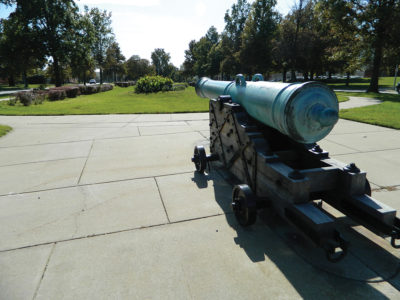
After the vote, Bishop Mark Tolbert said the name change was long overdue.
“We have a man who gave his life to better the nation,” he said. “It’s about time. Money goes into the boulevards. I’m glad to see a boulevard be named so it can be upkept by the city. One of the things I plan to do is start an endowment fund to do even more.”
The first of over 200 signs bearing the name Dr. Martin Luther King Jr. Boulevard went up February 28, 2019 at 34th Street.
Many in the community were asking: why The Paseo? Discussions also circled around renaming the new Kansas City airport, 63rd Street, Linwood Boulevard, and Prospect Avenue.
Manny Abarca, community activist, said there are several factors that went into choosing The Paseo over other options, including the Parks Department’s adoption of the Boulevard and Parkway Standards in January 2010.
“At that point in time, we realized that it had to be a boulevard,” he said. “The Boulevard and Parkway Standards require a level of maintenance and upkeep that is not a requirement of other city streets; they have a higher standard as to the quality of these streets.”
According to the Boulevard and Parkway Standards landscape and aesthetics guidelines, “the document sets out a series of design guidelines… that have been developed to respect the city’s heritage, protect its unique assets, encourage the use of established and proven design practices and meet requirements for accessibility and sustainability.”
Three aesthetic elements that must be incorporated into every park and boulevard, according to the document, are sidewalks, street trees, and street lights.
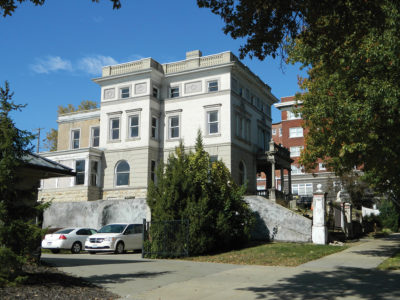
Another factor, Abarca said, was determining what kind of impact the renaming would have on businesses and residents who lived along these main arterial streets.
“As we started to examine what the street name change would be, we realized that it would disproportionately affect businesses than residents,” he said. “If you’re a business, your letterhead, business cards, website, registration with the city and state, all these things have your address on them. If we change that, that will have significant impact and financial burden.”
According to the parcel percentage data sheet, The Paseo Boulevard contained the most residential parcels compared to business parcels.
Abarca said it was also important for the group to meet with key Latino stakeholders to determine their thoughts on the name change, considering The Paseo was named after Paseo de la Reforma in Mexico City.
“The Paseo doesn’t really correlate with any specific person other than George Kessler,” said Abarca. “It has no historical connection to the Latino community. When the group of pastors started to organize, we visited with some key Latino stakeholders including CEOs of local organizations and stakeholders along Southwest Boulevard. We asked if they had any qualms about the name and they said ‘No, we have no connection to The Paseo as any important aspect of the Latino community.’”
In regards to the airport, Abarca said this was something that was discussed by the faith leaders on multiple occasions.
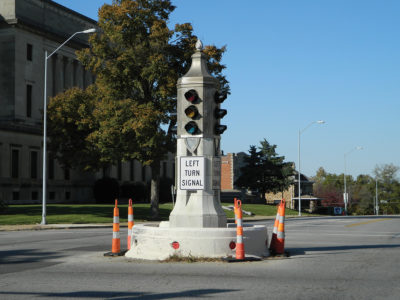
“Beyond the legacy component, what attachment do we have to Dr. King to honor him in that way? As you look at other cities that are naming airports after people, they connect somehow to that person’s story. Why would we be the city in the country that names our airport after Dr. King? Don’t you think that should be Atlanta or Birmingham?” said Abarca.
If voters approve to change Dr. Martin Luther King Jr. Boulevard back to The Paseo, Abarca said it will have a significant impact on the city and only fuel racial tensions.
Ultimately, he said, it’s important to continue the honoring and remembrance of individuals who had such an important impact.
“To have kids on a school bus drive past MLK Boulevard and think about what he did, that should bring so much more value than ‘The Paseo.’
Since the name change, “Save The Paseo,” a group of grassroots community activists, have been working to gather signatures and reclaim the historic street name.
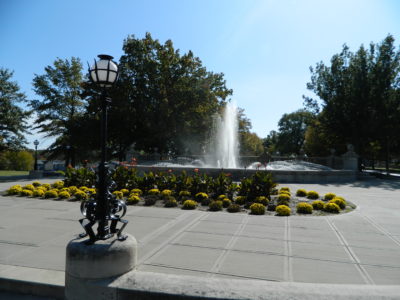
Friday, April 26, 2019, a group of Save The Paseo petition gatherers filed a petition to change the name back to The Paseo.
Chief Deputy City Clerk Kelly Varner counted up and time-stamped 359 pages, totaling 2,857 signatures, and gave the group a dated Certificate of Receipt.
The signatures were sent to four election boards to verify valid signatures. Of the total signatures filed, 2,450 signatures were validated—742 signatures over the 1,708 minimum.
During public testimony on the issue on May 22, 2019 at City Hall, Laura Sanchez, a resident who has lived in Kansas City for over 18 years and who has owned a home on now Dr. Martin Luther King Jr. Boulevard for 11 years, discussed her personal connection with The Paseo as a Latina woman.
“I admired the historical significance of The Paseo and I held a special place in my heart for The Paseo as a Latina woman. As a Latina property owner, who has now lived on The Paseo for 11 years, my community identity has been stolen from me. One of the key reasons I chose to live where I do has been taken from me. A historic boulevard with Latin history has been erased.”
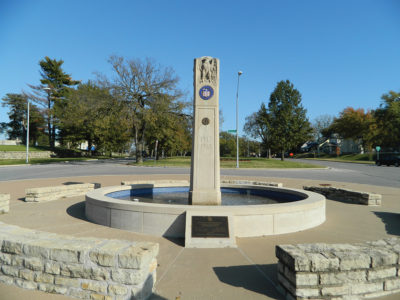
Sanchez said she went door-to-door along the boulevard to collect signatures and speak with residents who share her same frustrations.
“Most of the people I spoke with in the 14-block stretch from 68th to 75th Street signed the petition and all of them were angry. Angry that their voices were not heard. Angry that they will have to cover the cost to update their address on their licenses, their home deeds, wills, TSA approvals and other legal documents. I, too, am angry and frustrated… This is about following the correct process and truly representing the concerns of those of us who have chosen to live and own businesses on The Paseo for years.
City Council members voted unanimously Thursday, June 6 to place The Paseo/Martin Luther King Jr. Boulevard name change before voters on the November 5 ballot.
Donned in matching shirts, members of the Save The Paseo group were in attendance at the legislative meeting, awaiting the outcome.
Before the matter was put before City Council for a vote, Councilwoman Alissia Canady stood up to speak on the matter.
“This issue was one that both sides were very passionate about,” she said. “It was very clear to me, from the onset of this, that there was not buy-in from the stakeholders along The Paseo at the time. I was really surprised because this is the first time we have taken political action against neighborhood support.”
Speaking about the Save The Paseo group, Canady acknowledged the work and effort they have put in over the last five months.
“I think this is probably one of the most heroic acts of city engagement that I’ve seen on my time at council because it brought people together.”
Resident Diane Faelber, a member of Save The Paseo, said she did not expect a unanimous vote, but did expect some pushback.
“I hope we can be unified as a city and find an appropriate and agreeable street that the people can agree on. It was hijacked. [The City Council] knew the opposition was at least 85 percent and did it anyway. They just shoved The Paseo through. There were meetings and other streets brought up that were far more favorable. That was completely dismissed. They knew The Paseo was unpopular and divisive and ignored that.”
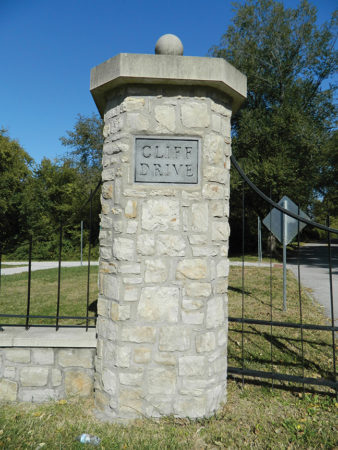
When asked what the group planned to do from June until November, she said the goal was to make as many people aware as possible.
“I think we talk to people. People know what’s going on. They were stunned when it came out that the name had been changed. The main thing is to get out and vote. When 14 percent of people make these kind of decisions for the rest, that’s wrong.”
Resident and member of Save The Paseo, John Bordeau, said he did expect the council to approve this, on the basis of legalities.
“I think the council wanted to show the citizens that they supported the idea that the citizens should all have input on this. It was an important showing for the council to recognize that the democratic process is appropriate here. I couldn’t see anyone actually voting against that. Who would take the position that they don’t want the voters to speak out on this?” he said.
Regardless of the outcome of the November vote, Bordeau said he’s proud of the work that the group did together to get this in front of voters city-wide.
“I don’t know if we’ll win or lose, but the idea is that everyone is going to have a chance to have a say about this historical asset known as The Paseo.”


